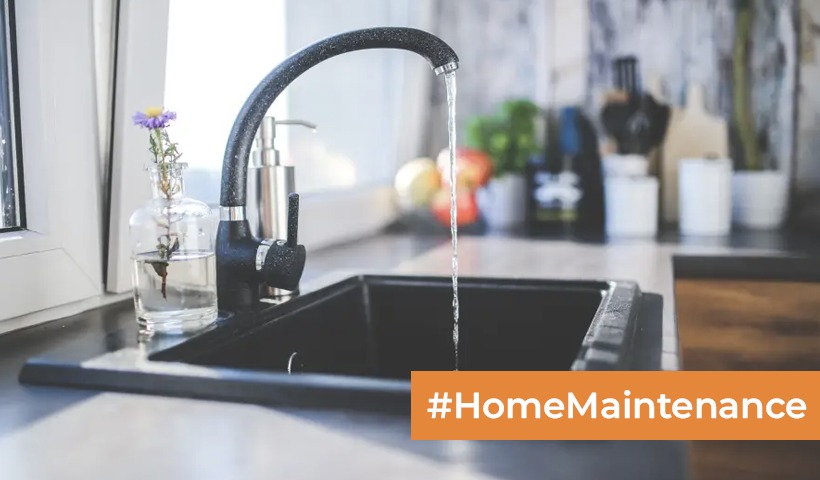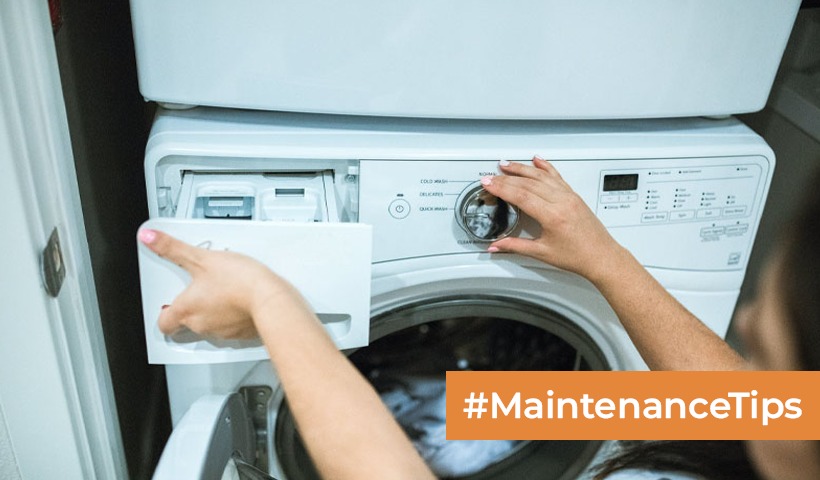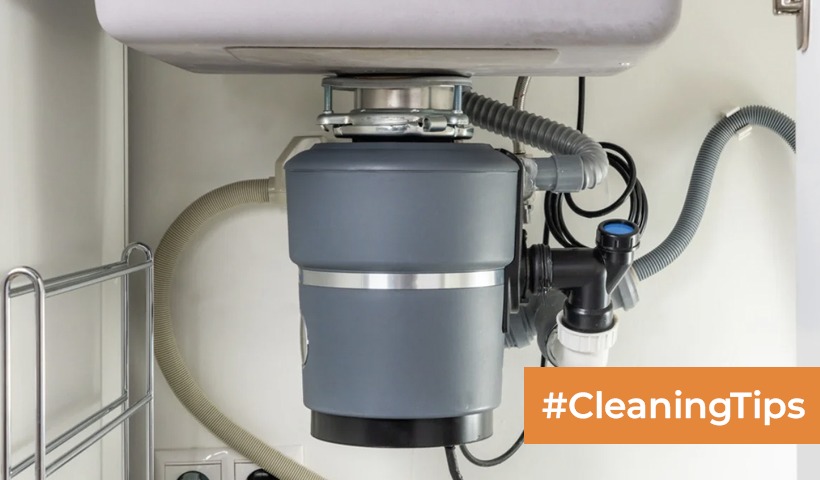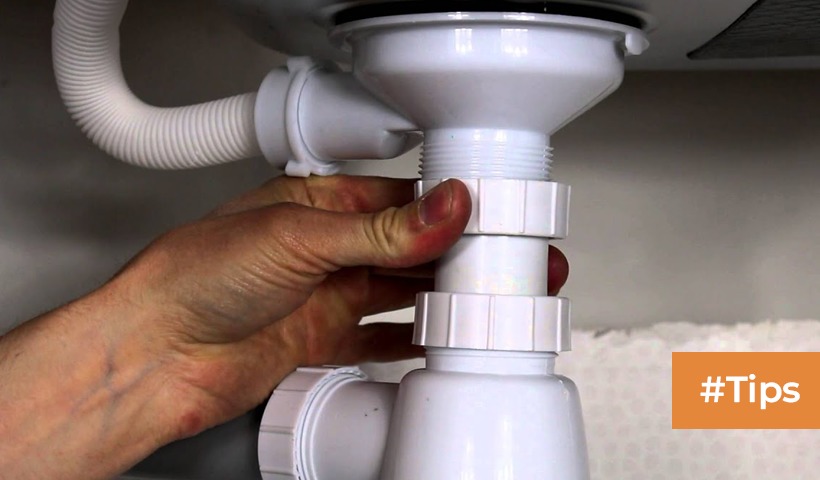Leak-Free Living: A Comprehensive Guide to Roof Leak Repairs!
Fixing a leaking roof is a critical task to prevent further damage to your home. Here’s a step-by-step guide on how to address a leaking roof:
1. Safety First:
- Before attempting any repairs, ensure your safety. Avoid climbing onto the roof in wet or slippery conditions.
- If the leak is severe or if you’re uncomfortable working at heights, consider hiring a professional roofing contractor.
2. Identify the Source of the Leak:
- Start by locating the exact source of the leak inside your home. Look for water stains on the ceiling, wet spots on the walls, or any dripping water.
- Trace the path of the leak back to its source on the roof.
3. Gather Materials:
- Depending on the nature of the leak and the type of roof, you may need the following materials:
- Roofing tar or cement
- Roofing nails or screws
- Roofing patch material (such as a piece of matching shingle)
- Roofing sealant
- Roofing membrane or flashing (if required)
- Safety gear (gloves, safety glasses, and a ladder)
4. Temporary Fix (If Needed):
- If the leak is severe and you can’t repair it immediately, you can use a temporary fix to minimize damage:
- Place a bucket or container under the leak to collect dripping water.
- If the ceiling is sagging, puncture a small hole to release trapped water and prevent further damage.
5. Repair the Leak:
- Once you’ve identified the source of the leak, follow these steps to fix it:
- Clear the area around the leak of any debris or loose roofing materials.
- Apply roofing cement or tar around the leaking area. Ensure the material covers the entire leak and extends a few inches beyond.
- If the leak is near a roof seam, chimney, or vent, you may need to replace or repair the flashing or sealant in that area.
- If the leak is in a shingle roof, you can use roofing nails or screws to secure any loose or damaged shingles. If needed, replace the damaged shingle with a new one.
- For flat or low-slope roofs, use roofing membrane or patch material to seal the leak.
- Apply roofing sealant to any cracks or gaps in the roofing material.
6. Check for Additional Leaks:
- After making the necessary repairs, inspect the entire roof for any additional leaks or potential problem areas. Address any issues you find.
7. Preventive Maintenance:
- To avoid future roof leaks, conduct regular roof inspections and maintenance. Clean debris from the roof, trim overhanging branches, and replace damaged or missing shingles promptly.
- Consider professional roof inspections and maintenance on a regular basis to catch potential problems early.
Remember that fixing a roof leak is a temporary solution. In the long term, it’s essential to address the underlying issues by hiring a professional roofing contractor to assess the roof’s condition and provide a comprehensive repair or replacement plan. Roofing work can be dangerous, so prioritize safety and seek professional assistance if needed.
Disclaimer: The views expressed above are for informational purposes only based on industry reports and related news stories. PropertyPistol does not guarantee the accuracy, completeness, or reliability of the information and shall not be held responsible for any action taken based on the published information.




